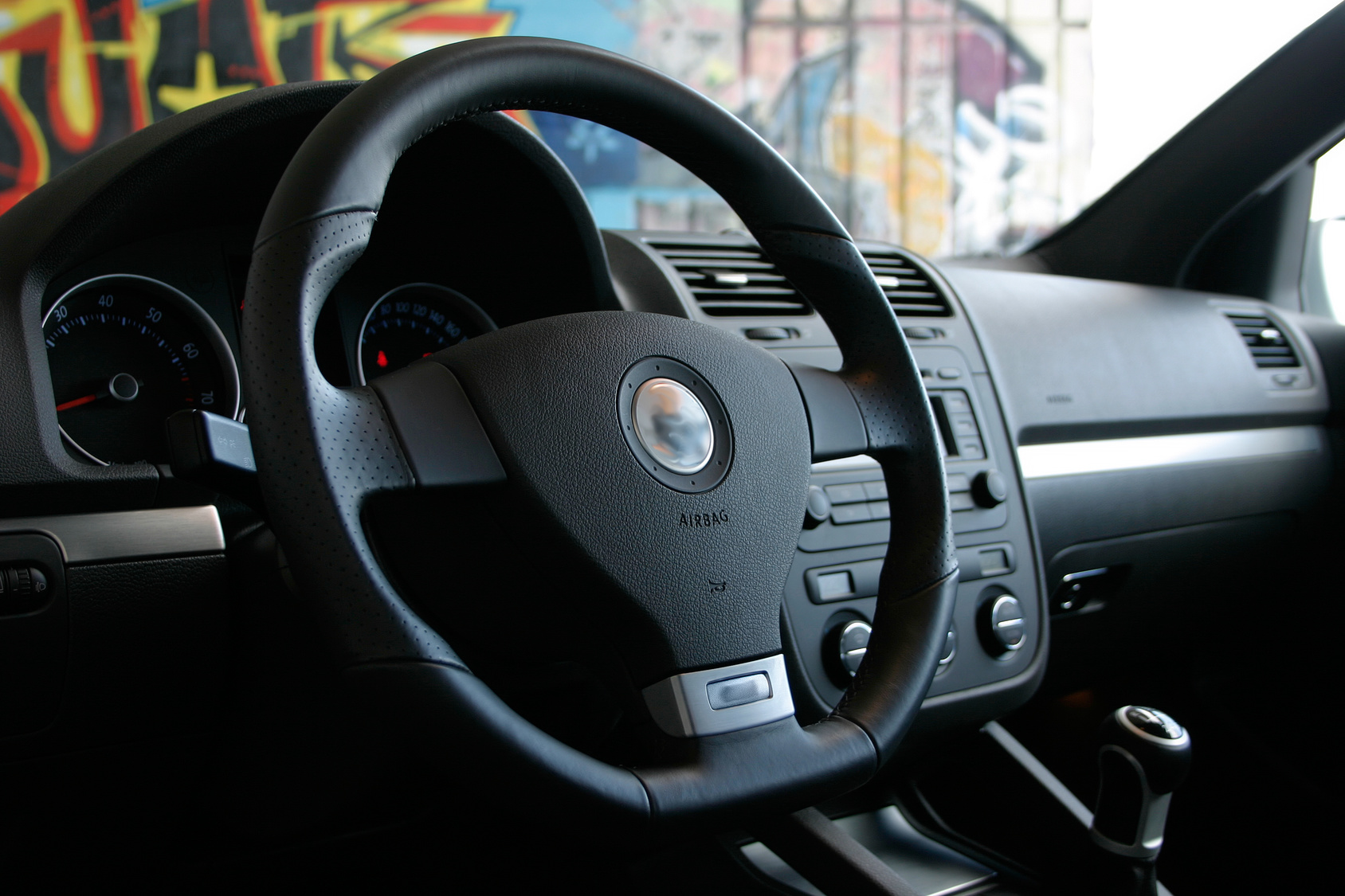
We drive with a lot of lights on our dashboard without giving them much thought. You might have a faulty sensor that fakes you out and makes you think your wiper fluid is low when it’s really topped off. Or maybe your fuel indicator is on but “you know your car” and plan to drive it until you’re coasting into the gas station on fumes.
Whatever the lights on your dashboard, it’s important to acknowledge them and understand what your car is trying to tell you. Perhaps most importantly, you should know the common reasons for your check engine light to turn on, and how you can fix the problem. The team at Master Muffler Ogden has some insight.
Loose Fuel Cap
Perhaps the most embarrassing car repair situation involves the one in which you bring your car into a shop to see why the check engine light is on, and it’s because of a loose gas cap. If your gas cap no longer tightens, it affects the pressure in your fuel tank because evaporative emissions are leaking. Your vehicle registers that problem and alerts you via the engine light.
If you notice the check engine light comes on after you fill your tank, you might not be securing it well. Or, you may need a new one that creates a better seal.
Low Oil
If your engine isn’t lubricated properly, it’s going to let you know. Your check engine light will come on, and you may hear noises under the hood.
How to Check Your Oil
- Open the hood and locate the oil reservoir dipstick
- Remove the dipstick and wipe it clean
- Note the “Low” and “Full” notches on your dipstick
- Reinsert the dipstick in the oil reservoir
- Remove the dipstick and determine where the oil hits the notches
If the oil isn’t between the “Low” and “Full” notches, you need to fill it up. Or, if it’s closer to the “Low” notch vs the “Full” notch, it’s time to add some more oil.
Bad Oxygen Sensor
If your exhaust system doesn’t have the right mix of oxygen, it can trigger your check engine light to come on. You need to have an optimal air and fuel ratio running through your car, so if your oxygen sensor isn’t working, your car’s computer might think there’s a problem. If you’ve determined your oxygen levels are good, take your vehicle in to have the oxygen sensor checked.
Reasons an Oxygen Sensor Fails
Your oxygen sensor might stop functioning if there are contaminants in your exhaust. If you’re not using the right fuel in your vehicle, it can negatively affect the oxygen sensor and illuminate your check engine light.
Failing Catalytic Converter
If your vehicle’s catalytic converter isn’t working or is missing, your check engine light is going to pester you again. The converter is responsible for removing harmful emissions from your exhaust system. If it’s clogged or contaminated, the engine suffers. Signs that there might be a problem with your catalytic converter include problems starting the engine, and slow acceleration.
Bad Spark Plugs
If your plugs are duds, you’ll notice poor vehicle performance as well as that pesky engine light on your dashboard. Vehicles need spark plugs to ignite the engine combustion process, so if they’re not properly sized or installed, your engine might misfire or rattle. Bad spark plugs can also reduce engine efficiency and affect how many miles per gallon you’re getting.
Faulty Air Flow Sensor
Are you seeing a recurring theme here? If your vehicle’s not drawing in or putting out the proper amount of air, your check engine light goes off like fireworks. If your airflow sensor isn’t working, you may not know if your engine intake is drawing the right amount of air for combustion. So, your car turns on the engine light to encourage you to check it out.
With a laundry list of reasons why your check engine light may come on, how do you narrow things down? You can pinpoint the problem by bringing your vehicle to Master Muffler Ogden. We can get started on auto repairs after reading your car’s error codes. With that knowledge from your vehicle’s onboard computer, we can see what triggered the engine light, and what steps we need to take to get it to turn off.
You can read engine codes yourself (more on that here) but if you’re not going to do the repairs yourself, you may find it more convenient to visit us. We’re versed in what the codes mean and can save you time.
Related Posts
As an EV owner, understanding your vehicle's battery is critical. From its capacity to its lifespan, and everything in between, we'll guide you through what you need to know to optimize your EV experience. So buckle up and get ready - we're about to shed some light on the electrifying world of EV batteries. What [...]
If your car is running hot, it can be a sign that something’s not right with your engine. Fortunately, diagnosing the cause of an overheating engine isn't too difficult if you know what to look for and how to address it. Keep reading if you want to learn the most common issues that occur when [...]
Your vehicle's exhaust system serves a critical role in managing the byproducts of the combustion process and ensuring optimal engine performance. The appearance of colored smoke from the exhaust pipe, either when stationary or accelerating, can provide valuable clues to underlying mechanical issues. What is a car exhaust? A car exhaust is a system [...]





